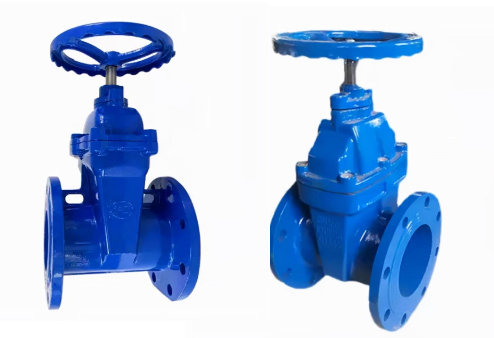cryogenic check valve
Understanding Cryogenic Check Valves
Cryogenic check valves are critical components in systems that handle cryogenic fluids, which are gases that have been cooled to very low temperatures, typically below -150 degrees Celsius. These valves serve a vital role in maintaining the integrity of the piping systems used in industries such as liquefied natural gas (LNG), aerospace, and medical applications. This article delves into the importance, design, and applications of cryogenic check valves.
Importance of Cryogenic Check Valves
The primary function of a check valve, including cryogenic variants, is to prevent backflow in a system. In cryogenic applications, preventing backflow is essential to ensure safety and efficiency. If a cryogenic fluid were to flow backward, it could lead to temperature fluctuations that might compromise the entire system, cause damage to equipment, or create hazardous conditions. Thus, cryogenic check valves are designed to sustain extreme temperature variations while swiftly stopping reverse flow.
Design Features
Cryogenic check valves have several specialized design features to ensure reliable performance in extreme conditions. First and foremost, they are constructed from materials that can withstand the low temperatures without becoming brittle. Common materials include stainless steel, brass, and various high-performance alloys specifically formulated to endure cryogenic applications.
cryogenic check valve

The designs are often compact and lightweight, which is crucial for applications like aerospace, where every gram matters. Additionally, the sealing mechanisms utilized in these valves must be extremely effective to prevent leakage, which is vital in maintaining the efficiency of cryogenic systems.
Applications
Cryogenic check valves are employed in a wide array of applications. In the LNG sector, they are integrated into storage and transfer systems to safeguard against backflow that could lead to dangerous situations. In aerospace, these valves are utilized in rocket fuel systems, where liquid hydrogen and oxygen require precise control to ensure safety and performance during launches.
Furthermore, in medical applications, cryogenic check valves help regulate the delivery of liquid nitrogen used for cryopreservation and other medical procedures. Their reliability is crucial in these settings, as any failure could result in loss of valuable biological materials.
Conclusion
In summary, cryogenic check valves play an essential role in maximizing the safety and efficiency of systems handling cryogenic fluids. Their specialized design, materials, and applications reflect their significance across various industries. As technology advances, the development of even more efficient and reliable cryogenic check valves will continue to enhance performance and safety in critical applications. Understanding these valves is vital for professionals working in fields where cryogenic technology is utilized, ensuring that systems operate smoothly and safely.
-
Breakthrough in Domestic Low Temperature Valve Technology in ChinaNewsAug.18,2025
-
From Machinery to Intelligent Brain: The Digital Transformation Wave of the Valve IndustryNewsAug.18,2025
-
PCVEXPO 2025NewsAug.18,2025
-
The Key to Fluid Control: Exploring the Advantages of Ball Valves in Industrial SystemsNewsJul.09,2025
-
The Versatile World of 1, 2, and 3 Piece Ball ValvesNewsJul.09,2025
-
Stainless Steel Ball Valves: The Ideal Choice for Efficient Flow ControlNewsJul.09,2025
-
Optimizing Fluid Control with Ball Float ValvesNewsJul.09,2025




